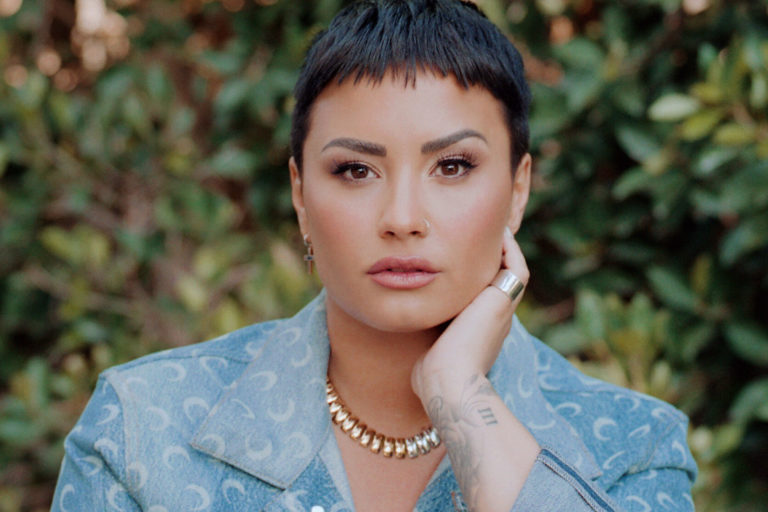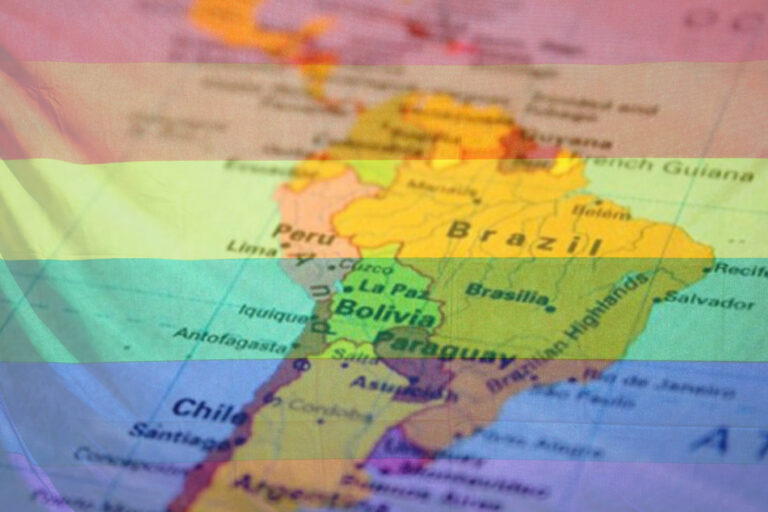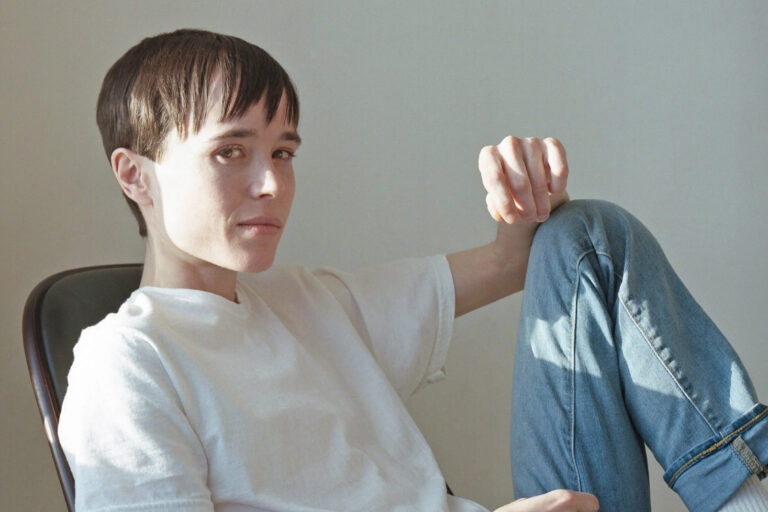When the acronym LGTBQIA+ is mentioned, one of the most difficult letters to be undestood is the Q for queer. In this article, we explain its definition and its history to eliminate any doubts that exist on the subject.
What is queer?
Queer is a word that is acquiring many different meanings. Its inaccessibility leads to criticism and rejection. Let’s explore the meanings it has.
In the sixteenth century, it is a word that, in English, refers to something weird or illegitimate. There are also some parallel expressions such as being in queer street , which means having economic difficulties. In the XIX the word is still used as a synonym for rare, weird, strange or deviant.
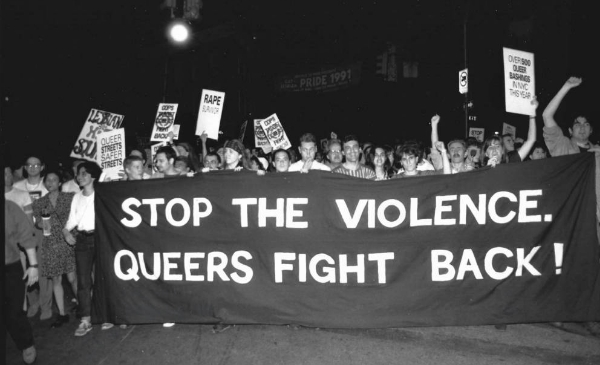
The first record of the word as a homophobic slur dates back to 1894, with a letter from John Sholto Douglas, Marquess of Queensberry. He accused Oscar Wilde of having an affair with his son Alfred Douglas. The word thus became an insult to same-sex attraction.
Therefore, is a synonym for weird, and becomes a bad word to refer to people who are attracted to others of the same sex. Specially homosexual men who are effeminate.
In the 1980s, the LGBT community began to claim the word as a synonym for the community, as a form of identity. Currently, the LGBT collective has taken the word and it has positive connotations. Likewise, it is an umbrella term, since it includes an infinite spectrum of situations.
Therefore, queer refers to everything that is outside the normativity. For example:
- People who are not heterosexual or who do not have a normative sexual orientation. In that sense, bisexual, asexual, homosexual are queer by definition.
- Ways of challenging sex and sexuality through different ways of thinking and acting. In that sense, a polyamorous relationship would be queer.
- People who are not cisgender. In that sense, trans and non-binary people would be queer.
This word would thus become a more inclusive synonym for the acronym LGTBQIA+. However, it is often rejected for having a pejorative origin and being used as an insult. Likewise, it also goes against the need for specific labels to make specific violence visible. There is an L for lesbian because there is a lesbophobia. The same as with the G, the T, the I, the B or the A.
Queer is also a way of destroying the way in which Western society has come to understand the concept of sex and sexuality. In relation to sexuality and gender, queer activism questions what is ”LGBT normal” and celebrates difference.

On the other hand, one of the key aspects of queer is the understanding of sex, gender and identity. It asserts that practically everything is constructed and contextual. And that the way we see things today is not the most advanced after centuries of history, but just a possibility and a variant.
Queer incorporates a more critical approach to sexuality, including heterosexuality. It is multidisciplinary, since it feeds on other disciplines such as geography, sociology, history, literature, the audiovisual world...
Queer theory
We can’t talk about queer without mentioning queer theory. There are many of them, and also some contradict each other.
First, queer theory(s) questions fixed lesbian, gay, bisexual, and asexual identity. At the same time, it implies moving away from the norm in terms of appearance, behavior and relationships. It questions that sexual identity is fixed from birth and does not consider human nature to be binary.
On the other hand, the birth of these theories is closely linked to the emergence of sexology and its contributions to sexuality. With it appears the discrimination, criminalization and pathologization of everything that goes beyond the normative (heterosexuality and coitocentrism).
Masters and Johnson were the founders of sex therapy as we know it today. However, their studies were mostly focused on male-female practices, and on vaginal intercourse, promoting the idea of phallocentrism. Against this, queer comes to broaden the range of possible practices and attractions.
Practices such as BDSM, which are not considered normal from a normative perspective, fit into what is queer as part of diversity. In the same way, masturbation as a personal practice that improves people’s sexual lives can be seen from the queer as an integral sexual practice that is just as valid and complementary as sex with a partner.
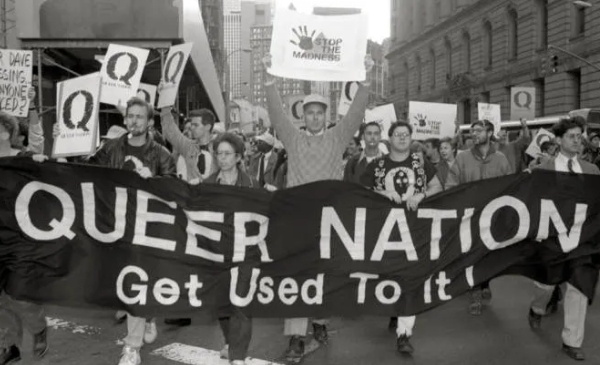
Sexuality is complex and fluid
Today we know that sexuality is fluid and that it is understood and experienced in very different ways in different cultures and communities. For many people it changes throughout their lives, so the concept of identity as something stable begins to be questioned from the queer point of view.
The term implies fluidity in itself and resists the categorization of people. It challenges the idea of essential identities and questions the binarism homo/hetero, man/woman. It shows that things depend on a context, culture, geography. It examines the power relations established from different categories.
Nothing is fixed, everything is a constant process of self-creation and we are free and responsible for what we do with ourselves. As Jean Paul Sartre and Simone de Beauvoir said, the world into which we are thrown comes with established meanings that restrict our freedom. For example, being able to choose if you are a working-class black woman compared to the possibilities that the system gives to a high-class man.
In our society, we have been conditioned to see other humans as men (masculine) or women (feminine) and heterosexual. As a result, we have been taught that sexual relations are “normal” only when they exist between two people of the opposite sex.
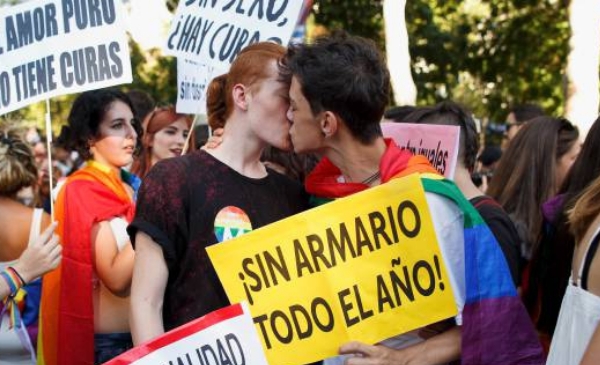
The ideas we have in our minds about what constitutes masculinity, femininity and what constitutes ‘normal’ have been socially constructed. Queer theory actively subverts this approach. In fact, some queer people feel that gay and lesbian people are too “assimilated” into the heteronormative social construct.
Likewise, nonbinary, genderqueer, or genderfluid people do not identify as male or female, gay or straight, male or female. Or they can identify as all of them simultaneously. For people across the LGBTQIA+ spectrum, the word ‘queer’ can also convey a sense of community, acceptance, kinship, and represent a revolutionary political rejection of heteronormativity.
Queer can be used in a variety of contexts by LGBT people. It can be used by people who want to reject specific labels of romantic orientation, sexual orientation and/or gender identity. It can also be used by people who want to challenge the perceived norms of the LGBT community, for example looking to reject racism.
A more queer world
Following the discussion in this article, we see how this word is not only interpreted in different ways by different people, but can also mean many different things to an individual.
Queer can also be a clever way to communicate what would otherwise be a growing list of initials beginning with LGBTQIA+”. In this sense it can be a good strategy to contain identities and preferences that are felt and named now and in the future. To lean towards the queer is to end the false false binaries, or put another way, to stop thinking in black and white.
Lastly, it’s easy to make the world a more welcoming and safer space for queer people. Here are some tips to be more inclusive of sexual diversity:
- Do not omit the ‘Q’ in the LGBTQIA+ acronym. Whenever you talk about sexual orientation and gender identity, be sure to include the word queer.
- Try to learn more about diversity. Listen to LGBTQIA+ people and learn about identities. Challenge homophobia, biphobia, transphobia and acephobia every time you hear them.
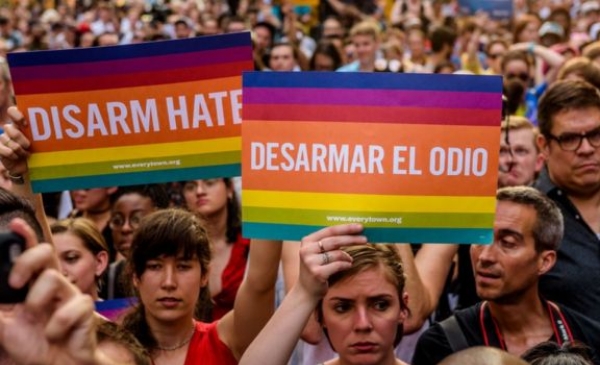
- Do not assume the gender or sexual identity of people. Avoid jumping to conclusions based on your perceptions of who people are.
- Share your pronouns and ask for others. It costs nothing to include and it makes queer people feel safe and welcome.
- Avoid binarism in language and try to use generic words. Instead of saying men and women, you can use the word “people.” You can also choose to use the ending -e (Spanish grammar) from time to time.
- Display the flag. If you are a teacher or run a business, you can put some rainbow flags arounds or wear rainbow wristbands to show that you are a safe space for the queer people and the LGTBQIA+ community.
If all this generates you rejection or annoyance, perhaps it is time to review your internalized LGTBphobia or consider that we may have many things to deconstruct in a binary, transphobic and cisheternormative society.
Sources:
- Yahoo movies
- Queer, a graphic story
- Queer theories, Lorenzo Bernini

